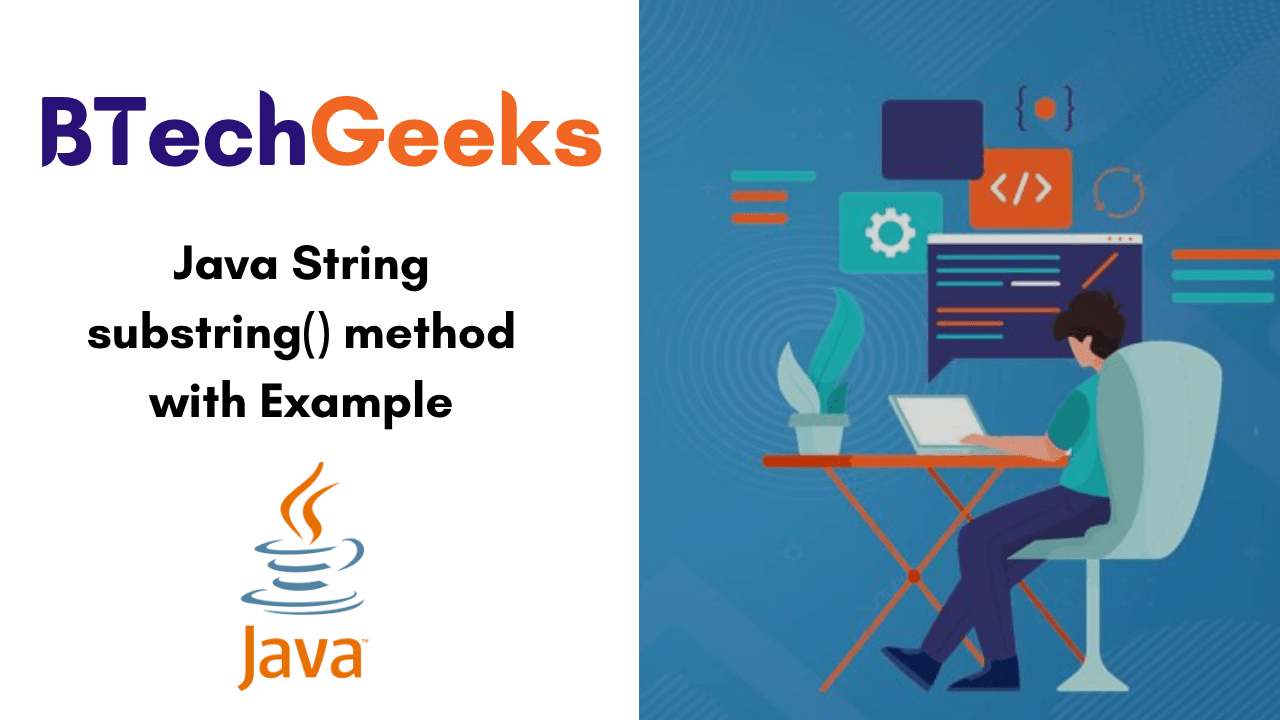
This means that you can retrieve individual characters from a particular string.įor instance, you can retrieve the first character in a string by referencing its Java index number, which is always 0. By default, the end value is equal to the length of a string.

Is it seconds, milliseconds, microseconds, nanoseconds? Let's say I think seconds is good enough. That means I need to know the smallest resolution of the clock. If I structure this as an inclusive end, I then have a problem of figuring out what the last time possibly could be. Let's imagine I want to tell if something happened today, in the morning. When you are writing a lot of loops like this, it's helpful to use a similar construct each time.īut to really understand the bigger picture on this, I think it helps to look at a different kind of problem: time intervals. Note the while condition, it's based on and exclusive end with a < instead of a <=.

#Java substring start and end index equals 0 code#
These days we tend to favor for-each style constructs but this is how a lot of code is written.

The association with 0-based indexing is more clear if you think about the standard old-style for-loop: for (int i = 0 i < end i++). The approach you see here is not only useful but also consistent with most the APIs you will find in Java and many other languages. I agree with Micheal Borgwardt's answer but there is an opportunity for elaboration. This question is different from the discussion on solely substring() as it is about all methods that use indexcies to indicate that the method should stop before the provided endIndex (exclusion instead of inclusion). Some example snippets would be:Įxample 1: 4: StringBuilder sb = new StringBuilder("abcdef") ĭoes this seem strange to anyone else considering how some other methods with index parameters work? Is there a reason for this? If so, please explain it to me.Įdit to differentiate and clarify unique question: Is there a reason for this? It doesn't seem, at least to me, to make logical sense for these methods to indicate the method stops before the parameter instead of at the parameter unlike some other methods, in other classes.

I've noticed that some methods like the String's substring(int beginIndex, int endIndex) and StringBuilder's delete(int beginIndex, int endIndex), use the second parameter to signify that the substring or deletion should go to endIndex-1 and not endIndex.


 0 kommentar(er)
0 kommentar(er)
